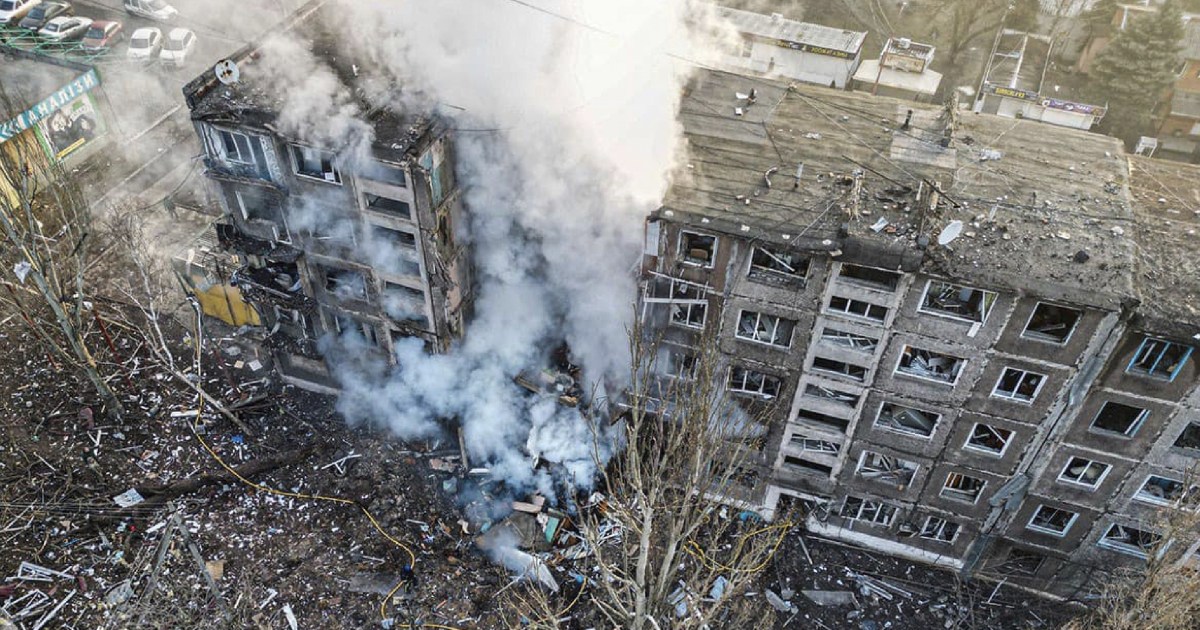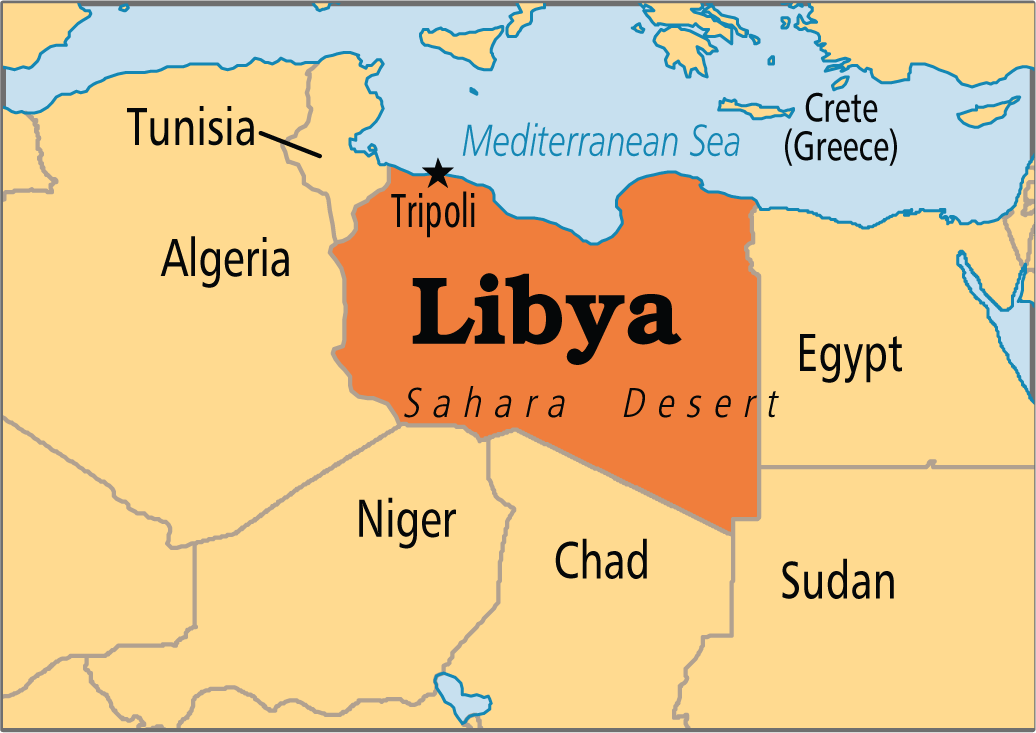
Some hot springs look like palaces, others like holes in the ground. Some like parties, others like prayers. There are hot baths in cities, on remote islands, in the desert and in dense forests. Thermal water can be green, orange, blue, yellow or turquoise. It can be milky and opaque, muddy with sediment, or as clear as a municipal swimming pool. Sometimes it’s barely lukewarm; Sometimes it’s so hot it hurts.
A few years ago, with the dream of writing a book, I set out to find out and document how people around the world use thermal water. At 23 locations in 12 countries, I spoke with workers, administrators and experts who taught me about the local history and personality of each place. Many told me about the way they manage land and water as a collective. They explained how the presence of swimming holes can impact bodies, communities and cultures.
I met visitors who enjoyed how hot water softened their minds and muscles. Some, like me (and maybe you too), were enthusiasts with a certain devotion to hot water and fascinated by the way it reminded them of being citizens of nature.
Below are eight highlights from my book “Hot Springs” – from an onsen in Aomori Prefecture, Japan, to a series of high-altitude ponds near Mount Sajama in Bolivia.
Aomori, Japan
When I was 14, my parents, both teachers, accepted a teaching position at a United States Air Force base in Misawa, Japan. I attended the local high school and we lived in a small house between a potato field and a rice field. The few local onsen, or public hot baths, were so different from the hot springs I had visited back home in Idaho, places that were outdoors and sometimes a bit noisy.
In Japan, hot springs are ritualized and structured. In an onsen there is a palpable reverence for one’s own body, for others and for the water.
I learned how to use the onsen properly: pulling up a small stool and bowl to the communal shower area, scrubbing every inch of body, washing and conditioning my hair, cleaning between my toes and under my fingernails and rinsing my body and the Area I occupied.
Once it is clean, it is soaked. You immerse yourself until your body is red with warmth. And you also feel cleansed inside.
Ponta da Ferraria, Azores
Ponta da Ferraria is located at the westernmost point of the island of São Miguel in the Azores, where volcanic hills slope steeply towards the sea. It is a thermal bay that can only be reached at low tide, when the waves are not too wild and the hot water is not diluted by the rising sea.
The heat ebbs and flows with each set of waves. Swimmers hold on to ropes that float on the water’s surface, providing stability as the waves move bodies like strands of seaweed. People gasp and cheer as each wave approaches. It feels daunting and electrifying to be so on the edge of nature.
As the tide rises, people climb a small ladder over the black ledge, the sea still surging beneath them, shaking in the wind, wrapping themselves in towels and wringing the water from their hair. You are invigorated by adrenaline – wild-eyed and confused with wonder.
Himachal Pradesh, India
Every day at 7 a.m. and 7 p.m., a priest named Mahant Shiv Giri performs puja, a series of religious rites, at a small temple at the hot springs near the Gaj River in the northern Indian state of Himachal Pradesh.
First he bathes in the hot springs and washes his body and face in the thermal water. “The meaning of bathing is to clean yourself,” he said. “It’s a way to honor your visit to the house of God.”
Many of the other hot springs in Himachal Pradesh are also located in and around temple complexes. In the larger town of Manikaran, Sikh and Hindu temples are clustered close together on the banks of the Parvati River and share the same powerful thermal spring.
Uunartoq hot spring, Greenland
The stone-enclosed pool of Uunartoq Hot Spring is a ruin most likely built by Nordic settlers a thousand years ago. For generations of Greenlanders, it may have been the only place where one could immerse themselves in warm water. For a millennium, people have rested their bodies in the same place, finding warmth in the cold, just as they do today.
Uunartoq is a protected monument, nature conservation and cultural heritage site. But all of Greenland is managed in a unique way: no one can own land there. All properties can only be borrowed, with terms of use agreed upon cooperatively.
Land use in Greenland, explained Arctic social scientist Naja Carina Steenholdt, is “rooted in very traditional, very indigenous views of our nature.”
And Dr. Steenholdt emphasized that Greenland’s approach can be part of modern life. She said Greenlandic society lives by the principle of sharing everything: land, food, time, care.
Mount Sajama, an extinct volcano and, at over 21,000 feet, Bolivia’s highest mountain, rises from a windswept high valley dotted with simple houses, herds of llamas, a central village and a few geothermal hotspots.
Micaela Billcap owns a property with a thermal spring, but it is jointly managed and operated by the community, which shares in the profits.
“Sajama is a doctor,” said Marcelo Nina Osnayo, who grew up in the area. The hot springs are also considered healing – a balm for the hard-working people of the area.
The weather at such high altitudes is harsh and the daily work is relentless. Marcelo told me that his wife developed arthritis after working in a kitchen with only cold water. “When we went to the water sources, there was movement in her bones,” he said. “They contain many minerals such as sulfur, arsenic, potassium and salt. It’s a mix of medications.”
Nevada is home to more than 300 natural geothermal springs. But only about 40 of them are safe and accessible for soaking. There’s a hot spring shaped like a heart, a hot spring in a repurposed cattle trough, a lazy thermal river, and a deep tub with views of Joshua trees and rabbits. Each requires a spirit of adventure, some research and a bit of chance.
(The hot springs I visited in Nevada are the only all-wild hot springs in the book – the only bathing spots where no one grants entry or monitors the flow of visitors. For this reason, I have decided not to mention specific names to prevent overuse of the pools there.)
The springs can be well tended or destroyed by careless visitors or wandering livestock; The roads may be too bumpy for passage; the climate is too hot in summer or too cold in winter. But if you time it right, the air is scented with mugwort and the silence is so pure you can hear the drumming in your ears.
Belt attachment, South Africa
In 1973 and 1974, during South African apartheid, the black residents of Riemvasmaak, a settlement in northwestern South Africa, were evicted from their homes so the government could build a military base. Among these residents were Henry Basson and his family forcibly relocated to the north of Namibia.
For decades, the municipal area was occupied by the armed forces to train infantry and practice bombing raids. In the 1990s, when Namibia gained independence and Nelson Mandela was elected in South Africa, Riemvasmaak became one of South Africa’s first repatriated countries.
“Returning was a very emotional experience,” Mr. Basson said, “because of that sense of belonging.”
Mr. Basson is now the manager of the region’s hot springs and always takes a bath at cleansing time by sinking into the small pools beneath imposing cliffs. “We give ourselves a chance to be in the water and feel it,” he said.
This is his true home, where he continues the story of his ancestors. But he tells me that this kind of connection to the land is accessible to everyone. “When you visit a hot spring or any other place, don’t just come for a fun thing,” he said. “Try to make that connection.”
“In a hot spring, you disconnect from the things that bother you and reconnect with nature itself,” he added.
7132 Thermalbad, Switzerland
The baths at the 7132 Hotel in Vals, Switzerland, are an austere, brutalist shrine to hot water. Designed by Swiss architect Peter Zumthor, the complex was built from 60,000 locally sourced quartzite slabs. The stone is warm to the touch and absorbs sound, making everything feel muted, reverent and ecclesiastical.
Bathing in hot springs can require complicated practices. But the baths in Vals remind us that bathing itself is the ritual. Perhaps no ceremony is necessary if the soaking is enough.
No cell phones or cameras are allowed in the bathrooms, but I received permission from the staff to photograph the area while cleaning. The cleaners are specialists and use special cloths and sprays for each surface. They explained their careful techniques and explained that figuring them out took trial and error over time.
I thought about how our sacred, special places require work and maintenance, the constant engagement with personality, politics, and place. This is also part of the ritual.
Next to Rybus is a photojournalist based near Portland, Maine. Her book “Hot Springs: Photos and Stories of How the World Drenches, Floats, and Slows Down“, on which this photo essay is based, will be published March 19 by Ten Speed Press.






Recent Comments